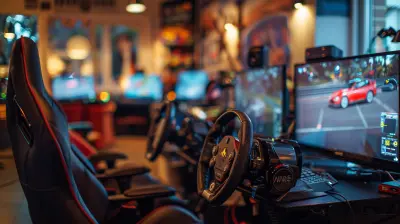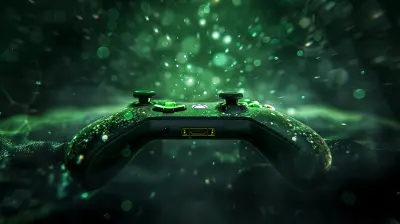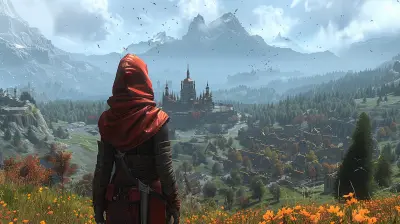How Fighting Game Physics Have Improved Realism
16 May 2025
When you think of fighting games, what comes to mind? Maybe it's iconic moves like Ryu's Hadouken from Street Fighter or Sub-Zero's spine-chilling fatalities in Mortal Kombat. For decades, fighting games have been a cornerstone of gaming culture, captivating us with flashy combos, larger-than-life characters, and over-the-top action. But there's something else that’s been evolving under the surface—something you might not immediately notice but directly impacts how immersive the experience feels: the physics.
Gone are the days when characters floated around as if gravity was an afterthought. Today, fighting game physics have reached a level of realism that gives every punch, kick, and throw a genuine sense of weight and impact. So, how did we get here? Let’s dive into how fighting game physics have improved realism and made these games more engaging than ever.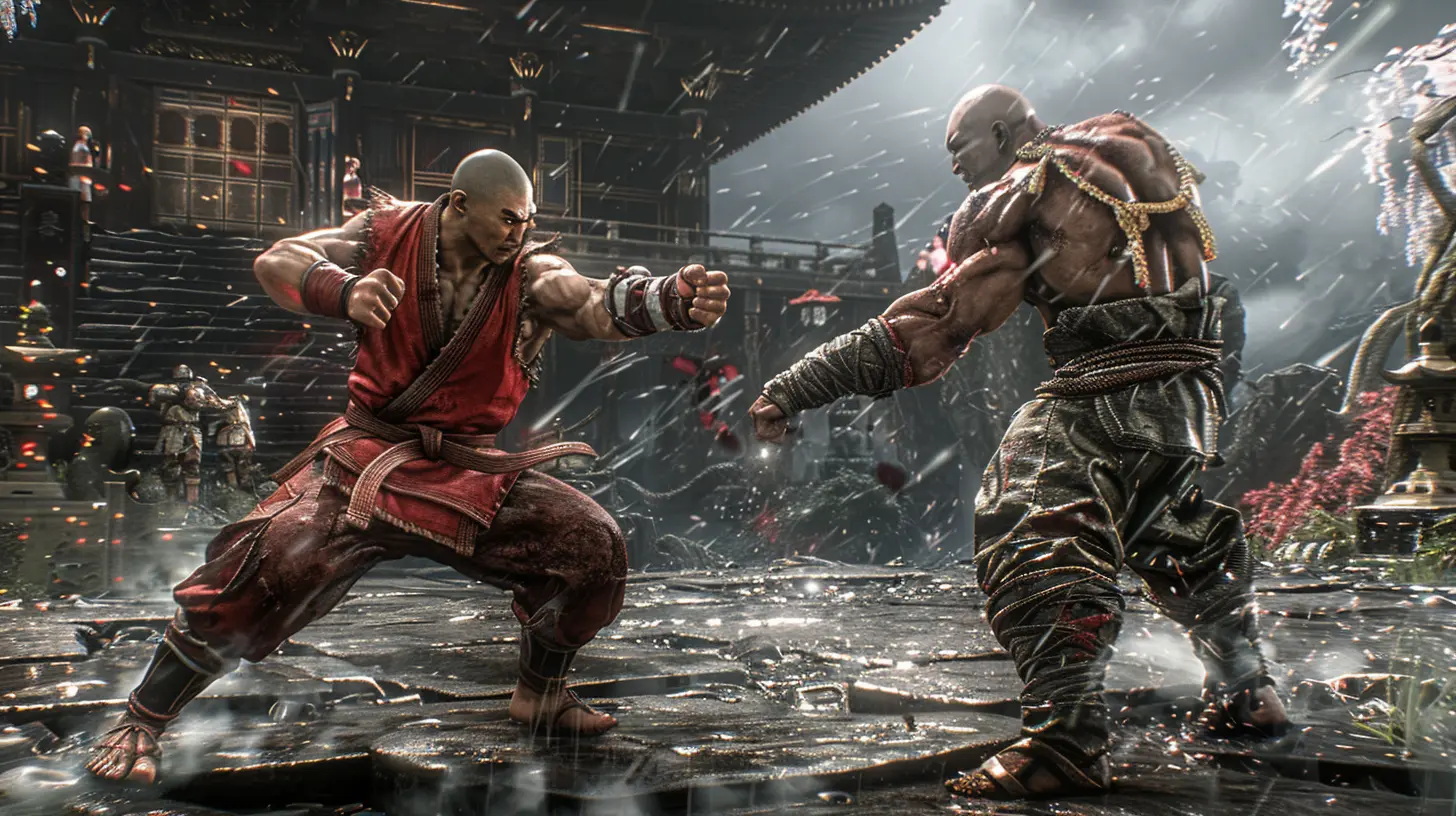
The Early Days of Fighting Games
To appreciate how far we’ve come, let’s rewind the clock to the late '80s and early '90s—the golden era of 2D fighters. Titles like Street Fighter II and Mortal Kombat defined this era. While these games were revolutionary in their own right, physics realism wasn’t exactly their strong suit.In those days, characters often felt rigid or "floaty." Jumping animations looked more like moonwalks, and hit reactions were scripted and repetitive. A well-placed uppercut might send your opponent flying across the screen, but it didn’t feel grounded in any sort of reality. It worked for the time—after all, these were arcade games meant to dazzle players with their fast-paced action. But looking back now, it’s clear they were only scratching the surface of what fighting game physics could be.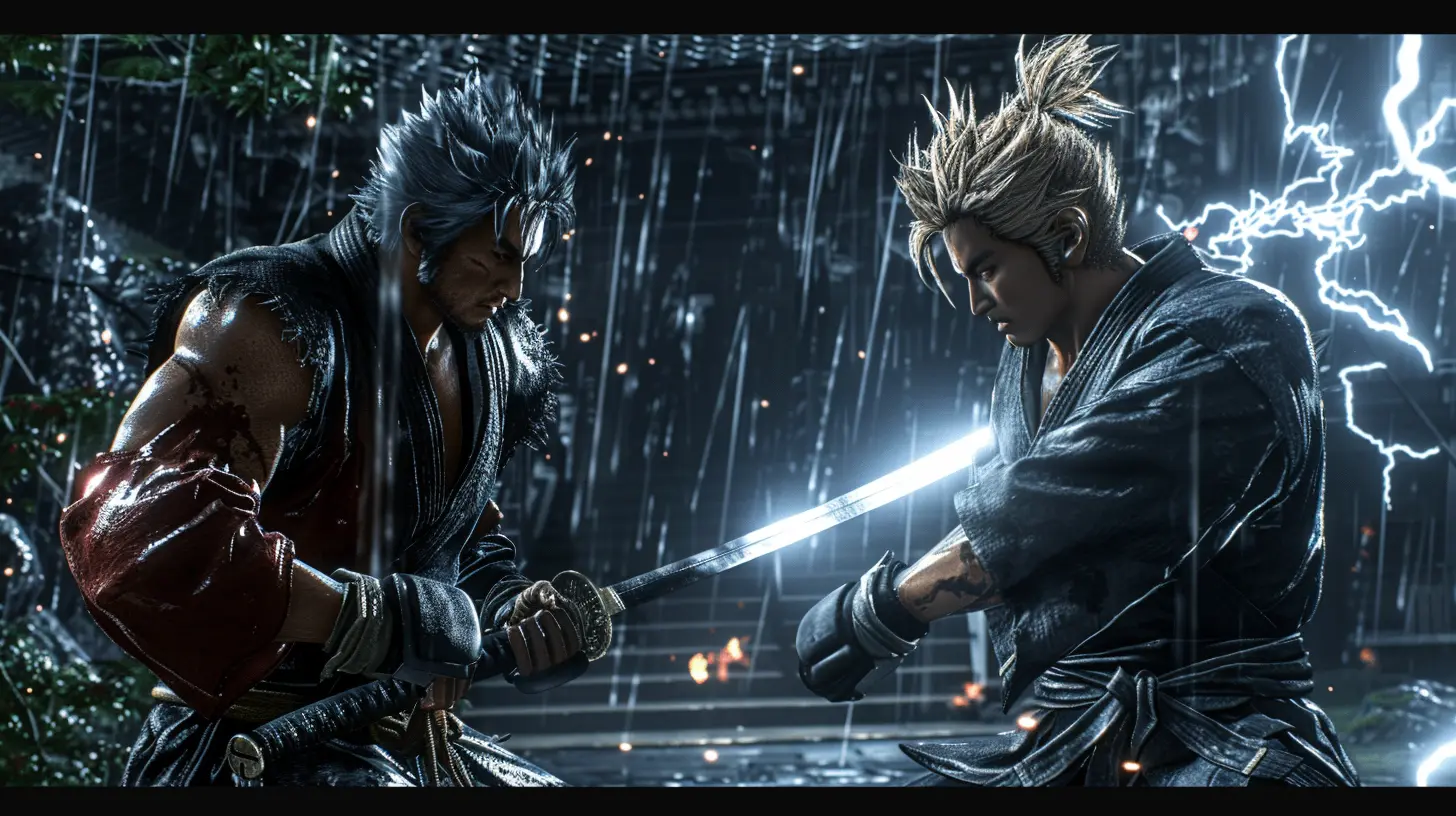
Advancements in Animation and Hitboxes
One of the biggest steps toward realism came with the improvement of animation techniques and hitbox design. Let’s break it down:1. Motion Capture Revolutionized Character Movement
Remember when characters in older games had static, repetitive punch animations? Modern fighting games look nothing like that. Thanks to motion capture technology, developers now record real martial artists performing moves, translating their fluid, natural motion into the game. This creates an authentic sense of movement, where each punch, kick, or block feels grounded in reality.For instance, in Tekken 7, you can actually sense the difference between a Muay Thai fighter’s devastating knee strike and a professional boxer’s quick jab. The animations look and feel like a real human is throwing punches, not a computer-generated sprite.
2. Hitboxes Became Smarter
Back in the day, hitboxes were pretty basic. Often, they were just rectangles or circles around a character’s body. If your attack animation intersected with the opponent’s hitbox, it registered as a hit—simple as that. But this simplicity often led to frustrating moments where a punch that clearly didn’t connect would count as a hit.Modern games have fine-tuned hitbox mechanics to near-perfection. Now, hitboxes map more accurately to a character’s body, making every hit feel earned. For example, if you throw a spinning roundhouse kick in Street Fighter V, the arc of your leg determines the actual hitbox. This added complexity forces players to think about positioning and timing, making the game feel more tactical and realistic.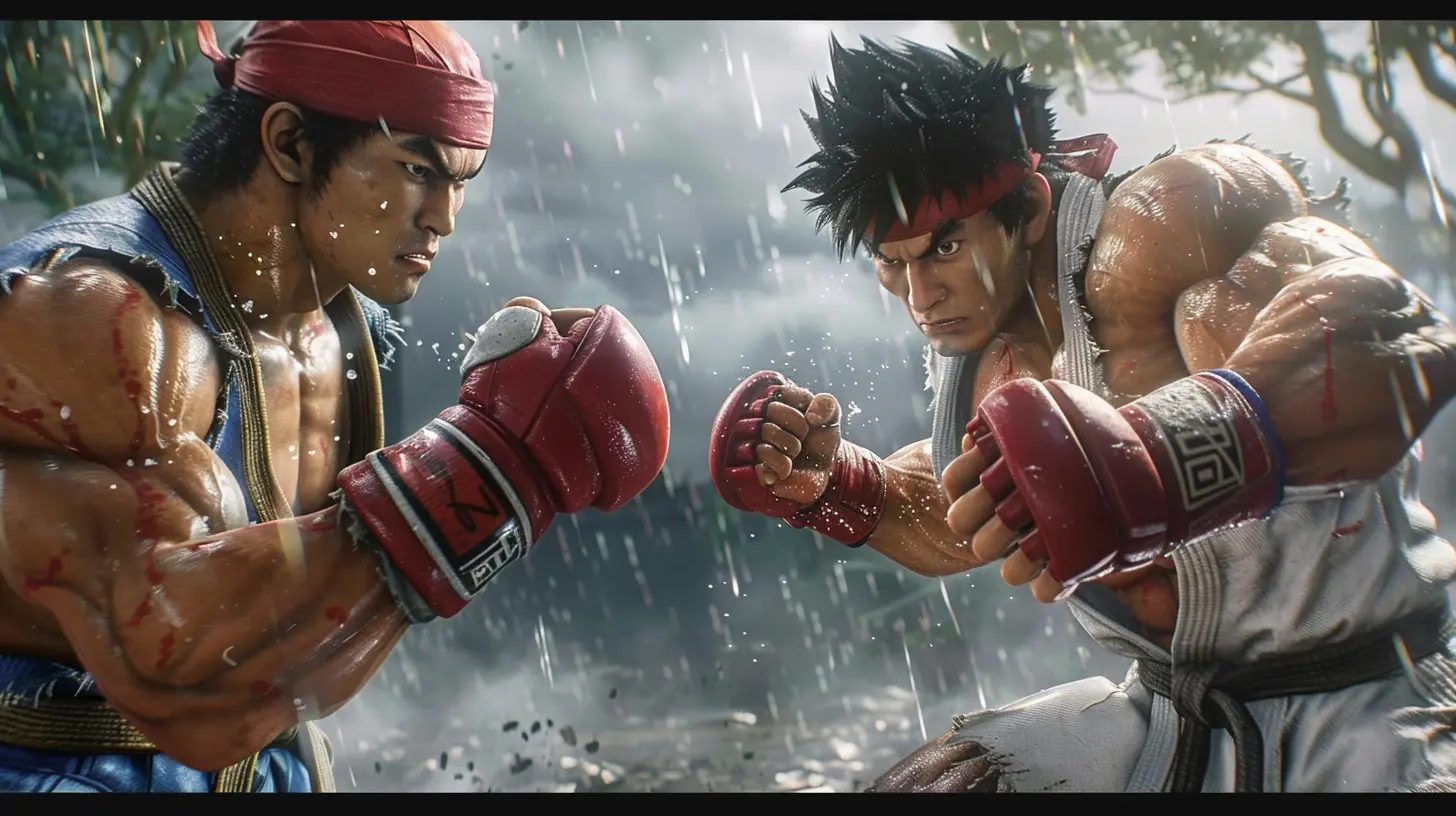
The Role of Physics Engines in Fighting Games
Physics engines are the unsung heroes of realistic fighting games. They handle how characters and objects interact with the environment, creating a sense of weight, momentum, and impact. Let’s talk about a few crucial ways physics engines have improved fighting game realism.1. Weight and Momentum
Modern games simulate weight and momentum in ways that were unheard of 20 years ago. When a heavy character like Zangief lands a devastating piledriver in Street Fighter, you can almost feel the ground shake. Compare that to older titles, where every character seemed to weigh the same, regardless of size.By simulating mass and acceleration, today’s games make it clear why a powerful character’s attacks hit harder than those of a nimble but weaker fighter.
2. Dynamic Reactions
No one wants to see the same canned animations over and over again, right? That’s where dynamic reactions come in. Instead of repeating preset animations, modern physics engines generate unique reactions based on how the hit lands.Take RagDoll physics as an example. Games like Mortal Kombat 11 use this technology to create hyper-realistic knockouts. If you land a high-impact blow, the character might crumple differently depending on their stance, the direction of the hit, and the surrounding environment. It’s small details like these that elevate the realism. 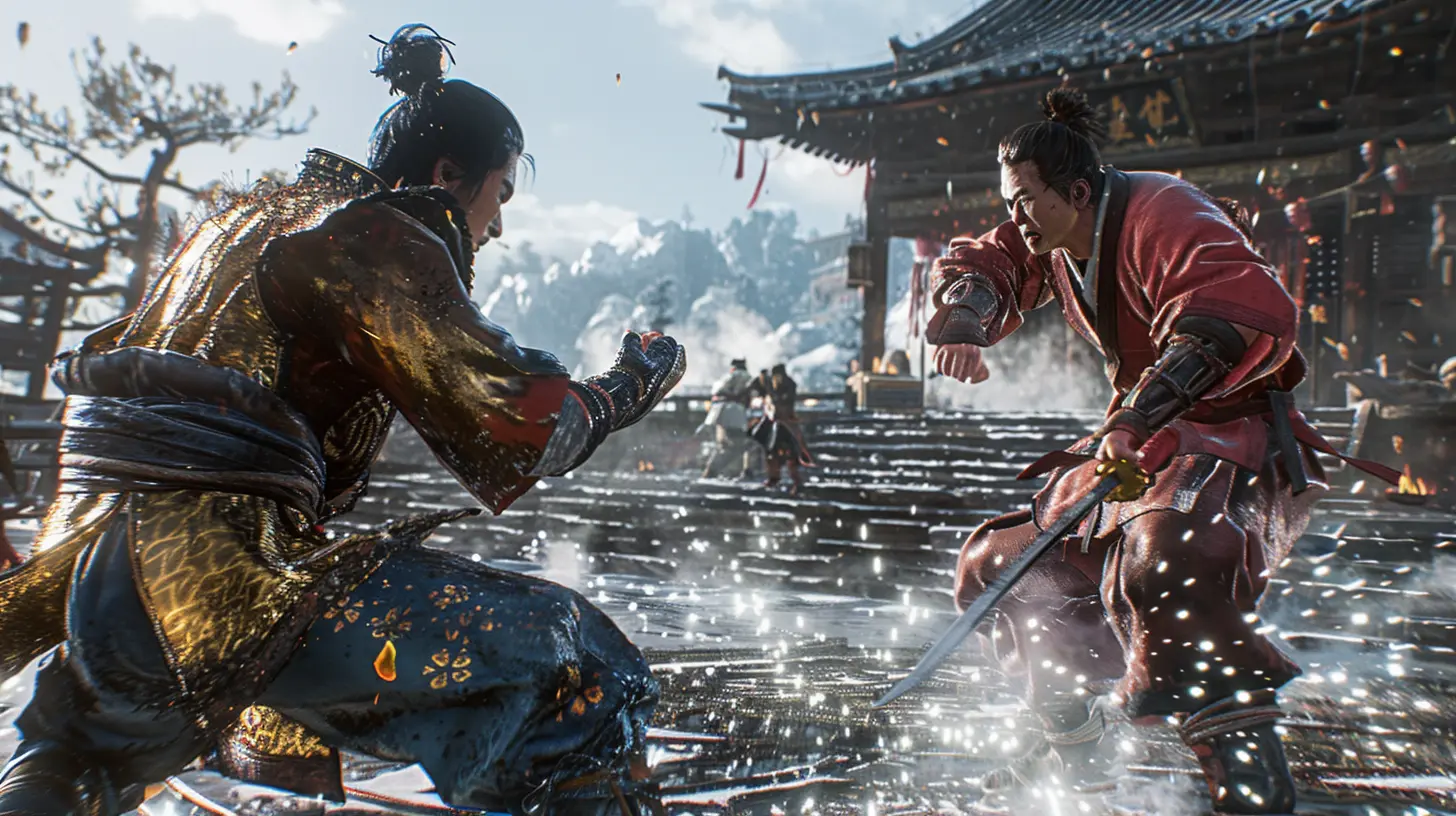
Environmental Interactions
Ever notice how fighting game stages aren’t just static backgrounds anymore? They’ve become interactive arenas where physics play a significant role. Games like Injustice 2 are prime examples. You’re not just fighting your opponent—you’re using the environment.Breakable Objects and Stage Transitions
Let’s say you’re battling in an urban alleyway. A perfectly timed combo might send your opponent hurtling into a stack of barrels, which then topple over realistically. Or maybe you knock them through a wall into an entirely new stage. These interactions, powered by advanced physics, make the fights feel dynamic and unscripted.Obstacle-Based Gameplay
Some games even incorporate environmental hazards. For instance, in Dead or Alive 6, you can throw your opponent into exploding walls or collapsing platforms. These elements add strategy to the game while making fights feel more grounded in a physical reality.Realism Without Sacrificing Fun
Now, here’s the thing—fighting games are still games. Nobody wants a hyper-realistic simulation where every punch leaves you limping and out of breath. Developers have struck a delicate balance between realism and fun.Take Street Fighter 6 for example. The game looks more grounded than its predecessors, but it doesn’t abandon its flashy roots. Special moves like Hadoukens are still over-the-top, but they now feature subtle touches of realism, like the way a character’s body moves when generating energy for the attack.
The Influence of eSports and Competitive Play
Another reason for the push toward realism lies in the growing eSports scene. Competitive players value games with consistent, predictable mechanics. Realistic physics ensure fair play by eliminating randomness, making these games a staple in tournaments worldwide.When you’re watching a pro competition, you want the hits to look and feel authentic, even if you’re just a spectator. Realistic physics make the matches more enjoyable to watch and immerse you in the action.
What’s Next for Fighting Game Physics?
So, where do we go from here? If the pace of innovation in fighting game physics has taught us anything, it’s that the future holds even more exciting possibilities.Developers are starting to experiment with AI and machine learning to create even smarter animations and reactions. Virtual reality (VR) could bring us closer to feeling like we’re inside the arena, where every punch and kick has a visceral impact.
And who knows? Maybe one day, fighting games will simulate not only physical impacts but psychological ones, where a character’s emotional state or stamina levels affect their performance.
Conclusion
Fighting games have come a long way from their humble beginnings. What started as simple, arcade-friendly brawlers have evolved into complex, physics-driven experiences that blur the line between game and spectacle. From weight and momentum to environmental interactions and smart hitboxes, modern fighting games have honed their physics to create a sense of realism that keeps us coming back for more.So, the next time you land that perfect uppercut or stage transition in your favorite fighting game, take a moment to appreciate the intricate physics working behind the scenes. It’s proof that even in a genre built on fantasy, a little touch of realism can go a long way.
all images in this post were generated using AI tools
Category:
Fighting GamesAuthor:

Leandro Banks
Discussion
rate this article
3 comments
Olivia Wood
The evolution of fighting game physics has transformed player immersion, enhancing realism through dynamic interactions and nuanced character movements, ultimately deepening the connection between players and their avatars.
June 3, 2025 at 4:17 AM

Leandro Banks
Thank you for your insightful comment! I'm glad you appreciate how advancements in physics have enriched player immersion and connection with characters in fighting games.
Thalwen Lamb
Game physics have transformed fighting into an electrifying showcase of skill, strategy, and jaw-dropping realism!
May 25, 2025 at 3:01 PM

Leandro Banks
Thank you! The advancements in game physics truly elevate the fighting genre, allowing for more immersive and dynamic gameplay experiences.
Solara Fields
The evolution of fighting game physics mirrors our understanding of motion and impact in reality. As developers push boundaries, the fidelity of these digital brawls invites players to reflect on the nature of struggle and triumph, blurring lines between virtual and visceral experiences.
May 17, 2025 at 4:55 AM

Leandro Banks
Thank you for your insightful comment! Indeed, the evolution of fighting game physics not only enhances realism but also deepens our connection to the emotional themes of struggle and triumph.
